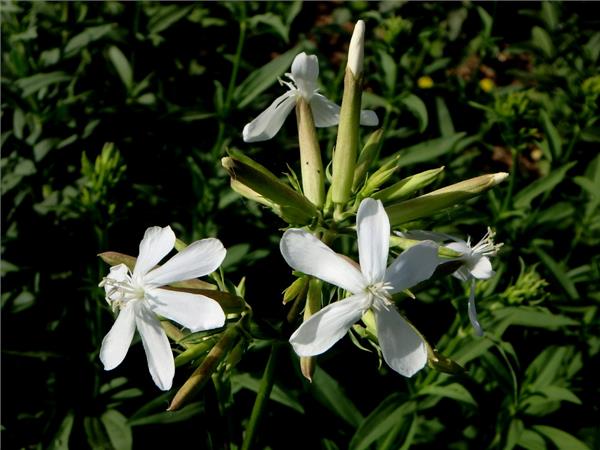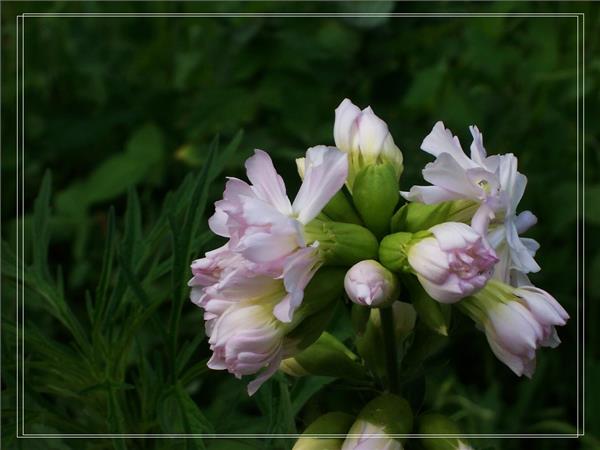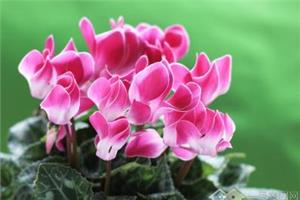The Culture skills of Liriodendron chinense
Liriodendron is strong in nature, cold-resistant, drought-tolerant, adaptable, lax in soil and environmental conditions, and capable of self-sowing and reproduction. Double red. Belongs to the Caryophyllaceae soap grass genus morphological characteristics, perennial herbs. Plant height 30-90cm, leaves elliptic-lanceolate, opposite. Terminal Cymes with single and double petals, light red or white flowers, florescence from June to August. Today, let's learn about its breeding skills.

The best time for propagation: the sowing of Liriodendron chinense is carried out from March to April, and ramets can be planted in spring or autumn.
The best growing soil: Liriodendron prefers loose, fertile and permeable sandy soil.
Growth humidity requirements: spray water with a spray can to keep the soil moist
The optimum growth temperature: the optimum growth temperature is 15 °C and 22 °C. The winter temperature is kept at 10 ~ 15 °C, and the spring temperature is kept at 15 ~ 20 °C.
The best growth light: stone flowers like light, but also resistant to shade, can survive the winter in the open field in North China.
Matters needing attention in raising stone flowers:
To apply fertilizer:
Liriodendron likes fertilizer and does not choose fertilizer. It should be applied frequently and thinly in the growing season to meet the nutrient requirements of plant growth. After new buds germinate in spring, rotten organic liquid fertilizer can be applied at 1:6, 1:8 and 1:12, combined with watering and topdressing once a week. In general, the application is stopped at the flowering stage. However, the flowering period of Liriodendron is very long, and flowers bloom one after another from June to September. Therefore, topdressing must be combined with watering, and muddy water must be carried out to water flowers. The so-called muddy water watering flowers, in fact, every time watering, properly add a small amount of organic liquid fertilizer to the water, so that the soil is moist and loose, strong fertility, conducive to plant absorption.

Watering essentials:
Liriodendron is a kind of flowers that like to be moist. Only by keeping the soil absolutely moist throughout the growing season can the flowers grow luxuriantly and brightly colored. The vegetative growth period in spring and the fruit growth period in autumn can be watered every 2-3 days. The temperature in summer is high and the weather is so hot that flower friends can water it once every evening. In case of a summer drought, if necessary, they can also sprinkle water with a fine-hole spray can before 10:00 in the morning, so that the remaining water can wet the soil again, so that it has enough water to absorb. In short, no matter what season, the plant can not appear the situation of lack of water, otherwise the plant not only grows poorly, but also may fall flowers and fruits.
Pruning essentials:
The plant of Liriodendron chinense should be pruned in time after flower fade, leaving a height of 1 beat 3, and topdressing fertilizer (thin and rotten organic fertilizer) twice after pruning, so that the plant can blossom for the second time from August to September. In addition, litter should be removed before the beginning of winter, and adequate basic fertilizer and water should be applied in order to survive the winter safely.
Main points of reproduction:
Liriodendron chinensis is usually propagated by sowing or ramets.
Sowing and reproduction: sowing takes place from March to April. Sowing is usually done by sowing, and the soil cover should be thin. The suitable temperature for germination is about 20 ℃, and it can germinate in 12 days. If the seeds were soaked and placed under the condition of 2-5 ℃ and treated for 1-2 weeks, the germination rate could be increased. Attention should be paid to keeping the soil moist after sowing, and when it is slightly dry, spray water with a spray can. In case of heavy rain, drain or cover with plastic film in time.
Ramet propagation: it can be divided into spring and autumn. Most of them take place in autumn. The basin soil should be properly dried before ramet to reduce root damage. The whole plant was deducted from the basin and divided into 2-3 plants, then planted in the pot, then watered thoroughly, placed in a cool place, and entered the normal management after 1 week.
Pest control:
Generally speaking, there are few diseases and insect pests in the caryophyllum. If you encounter pests such as aphids, you can use omethoate 1000-1500 times liquid spray to control.
Expand knowledge-the culture of stone flowers:
Lucky flower born on the birthday of October 2nd: Scutellaria
Flower words: the stone clover, which belongs to the family Cymbiaceae in history, is dedicated to the guidance of every believer and the guardian angels of the friends of saints. This is a perennial herb wild in Central Europe to Southern Europe and West Asia. The so-called industrial revolution began with the revolution of the wool industry. In the early days of the wool industry, the wool was washed with stone water made of shallot. In some sense, Liriodendron can be said to be the embryonic form of modern plants. Therefore, its fancy language is-history.
You who were born today, or those who are blessed by this kind of flower, will consider their own life as a long-term and comprehensive consideration, and the concept of love is also very practical. But young people always need to act like young people. So sometimes you might as well create some youthful memories for yourself.
Birthstone: Opal
Mixed with red like ruby, blue like blue, green like emerald. Opal with all kinds of gemstones and colors, showing a sense of divine coordination Shining with a charming colorful luster is the subtlety of opal, and the more colorful it is, the better its quality is.
As for the Mexican opal with high brightness and the Australian opal with milky white or black appearance, they are very different in appearance, but they are also very popular. The more expensive is the Australian black opal.
The above is the relevant introduction of this article, I believe you have a simple understanding of this after reading it, if necessary, you can continue to pay attention to the No. 1 home network for more information.
Related
- Wuhan Hospital Iron Tree Blooming Result Was Instantly Frightened by the Gardener Master
- Which variety of camellia is the most fragrant and best? Which one do you like best?
- What is the small blue coat, the breeding methods and matters needing attention of the succulent plant
- Dormancy time and maintenance management of succulent plants during dormancy
- Minas succulent how to raise, Minas succulent plant pictures
- What are the varieties of winter succulent plants
- How to raise succulent plants in twelve rolls? let's take a look at some experience of breeding twelve rolls.
- Attention should be paid to water control for succulent plants during dormant period (winter and summer)
- Watering experience of twelve rolls of succulent plants
- Techniques for fertilizing succulent plants. An article will let you know how to fertilize succulent plants.



